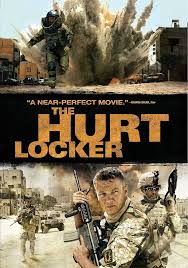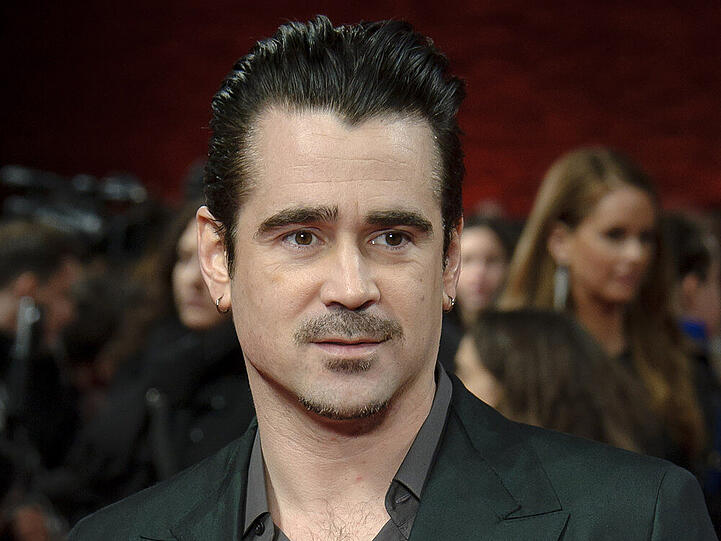
Introduction
Released in 2008, The Hurt Locker directed by Kathryn Bigelow, is a war film that has profoundly influenced the genre and has remained highly relevant in discussions about modern warfare. It provides a gripping, intimate portrayal of the realities faced by soldiers in Iraq, specifically focusing on the harrowing job of an Explosive Ordnance Disposal (EOD) team. The film is not just a commentary on the war but offers a deep dive into the psychology of soldiers under intense stress and the complexities of heroism, making it a significant cultural artifact of its time.
Overview and Reception
The film follows Sergeant First Class William James, played by Jeremy Renner, who leads an EOD unit tasked with disarming improvised explosive devices. The narrative is a series of tense encounters that illustrate the constant threat faced by soldiers in a combat zone. Known for its intense performances and thrilling cinematography, The Hurt Locker gained critical acclaim, winning six Academy Awards including Best Picture and Best Director, which made Kathryn Bigelow the first woman to win this prestigious award.
Critics praised the film for its authenticity and raw depiction of the war experience. Reviews highlighted its ability to immerse viewers into the world of EOD technicians, presenting not just the physical dangers but also the psychological toll of such high-pressure situations. The film’s non-linear storytelling and focus on character development helped to differentiate it from other war films, showcasing Bigelow’s masterful craftsmanship.
Impact and Legacy
Since its release, The Hurt Locker has sparked discussions about military culture, particularly regarding masculinity and the complex emotions surrounding fear and bravery in combat. The film’s portrayal of addiction to adrenaline, as seen through the character of William James, opens up dialogues about the psychological effects of warfare on soldiers. This theme resonates with veterans and audiences alike, prompting a broader understanding of the return home after combat.
In an era where the depiction of war on screen often teeters towards glorification, The Hurt Locker serves as a nuanced narrative that encourages reflection rather than celebration. Its relevance continues as new generations of soldiers face similar challenges in modern combat zones.
Conclusion
The Hurt Locker remains a landmark in cinematic history, not only for its artistic achievements but also for its profound commentary on the human experience of war. As conflicts evolve and new generations of service members engage in combat, the film’s insights on the psychological complexities of warfare remain pertinent. It serves not only as entertainment but also as a relevant reminder of the sacrifices and struggles faced by those who serve, encouraging empathy and understanding in audiences worldwide.
You may also like

Brie Larson: A Closer Look at Her Impact in Film

Exploring the Life and Works of Mira Nair
